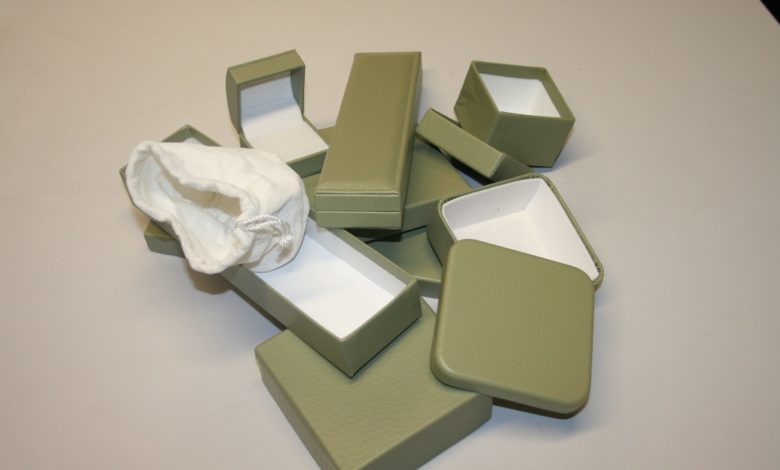The importance of packaging
Packaging can be an essential part of a product, not only protecting the article from damage but enhancing its presentation to the customer. But, says the Birmingham Assay Office’s technical director DIPPAL MANCHANDA, it needs to be made of the right stuff for a host of reasons...

Register to get 1 free article
Reveal the article below by registering for our email newsletter.
Want unlimited access? View Plans
Already have an account? Sign in
In addition to the packaging adding status and value to a product it is essential to ensure that it is fit for purpose and also that it complies with EU legislation. One of the most frequent causes of tarnishing is a component of the packaging such as sulphur rich glue. There is also a requirement for packaging to be used within the EU to comply with the Packaging Directive which has been in force since 1994. The Laboratory at the BAO has developed tests to allow them to work with customers to overcome tarnishing issues and ensure their packaging is compliant to Article 11 of the Packaging Directive, concentration of levels of heavy metals.
Tarnishing
Tarnishing is an ongoing problem, particularly for silver and low carat gold articles. Silver naturally interacts with oxygen and pollutants to create silver sulphide, resulting in a visible discoloration of the metal’s surface. Research has proved that some elements of packaging can cause or significantly accelerate tarnishing. Silver tarnishes in environments containing various sulphuric gases, even in very low concentration. The amount of tarnishing is determined by the relative humidity, ambient temperature, the concentration of sulphur and other tarnishing causing compounds, and the length of time the silver is exposed to the gases.
Paper and cardboard and certain cloths, foams and adhesives, used to protect and display the product as part of the packaging presentation can themselves be a tarnishing accelerant. Most types of paperboard in contact with silver, copper and certain copper-zinc based low carat gold alloys cause localised tarnish stains on the metal surface. The tarnishing agent is most likely to be reducible sulphur or a volatile sulphur-liberating compound which can still cause problems even if not in direct contact with the product. The vapour-phase action of sulphur compounds mean they will penetrate through the paper to the metal surface.
Moisture may also be a vital ingredient and is particularly relevant when articles are shipped by sea through humid conditions. Paper/paperboard containing 0.5 or 2.5% sodium sulphide or other sulphur compounds will only cause silver to tarnish in a moist atmosphere. The tarnishing of silver, copper and certain copper-zinc alloys can be avoided with certainty only if a free sulphur content of less than 0.0008% is guaranteed for the paper or board. Recycled paper and cardboard are preferable as they have lower sulphur content than virgin paper as well as lower levels of other harmful tarnishing causing constituents.
However, sulphur is not the only problem. All wood products have some level of formaldehyde present, which converts to formic acid over time and increases the acidity of the paper product. Unless manufacturers employ rigorous quality control practices to their input stock paper and board, large variations in the tarnish causing constituent can occur. “Acid free” paper is preferable but even so, some samples have been found to contain high concentrations of sulphur and other contaminants. The source of tarnishing can be any one of the several packaging components used. When an item is contained in a small, sealed environment with sulphur releasing agents such as sulphurous adhesives, the levels of sulphur can become concentrated, especially in warm humid conditions. Research shows that even one small adhesive label can have dramatic effects as can some synthetic foams and bubble wraps which may release tarnish-accelerating chlorides and fluorides.
Testing packaging to identify tarnish accelerants
The unique accelerated tarnish test for packaging materials, developed by experts at the BAO identifies the presence or absence of components responsible for causing tarnishing or staining of products. This test is primarily for packaging that is in direct contact with silver, low carat gold and base metal items. Carefully controlled test conditions cause the control sample of uncoated silver to tarnish if volatile sulphides or any other compounds which cause tarnishing are present, This is an “early warning” system for retailers, preventing unsuitable packaging from causing large shipments to tarnish and become unsaleable.







